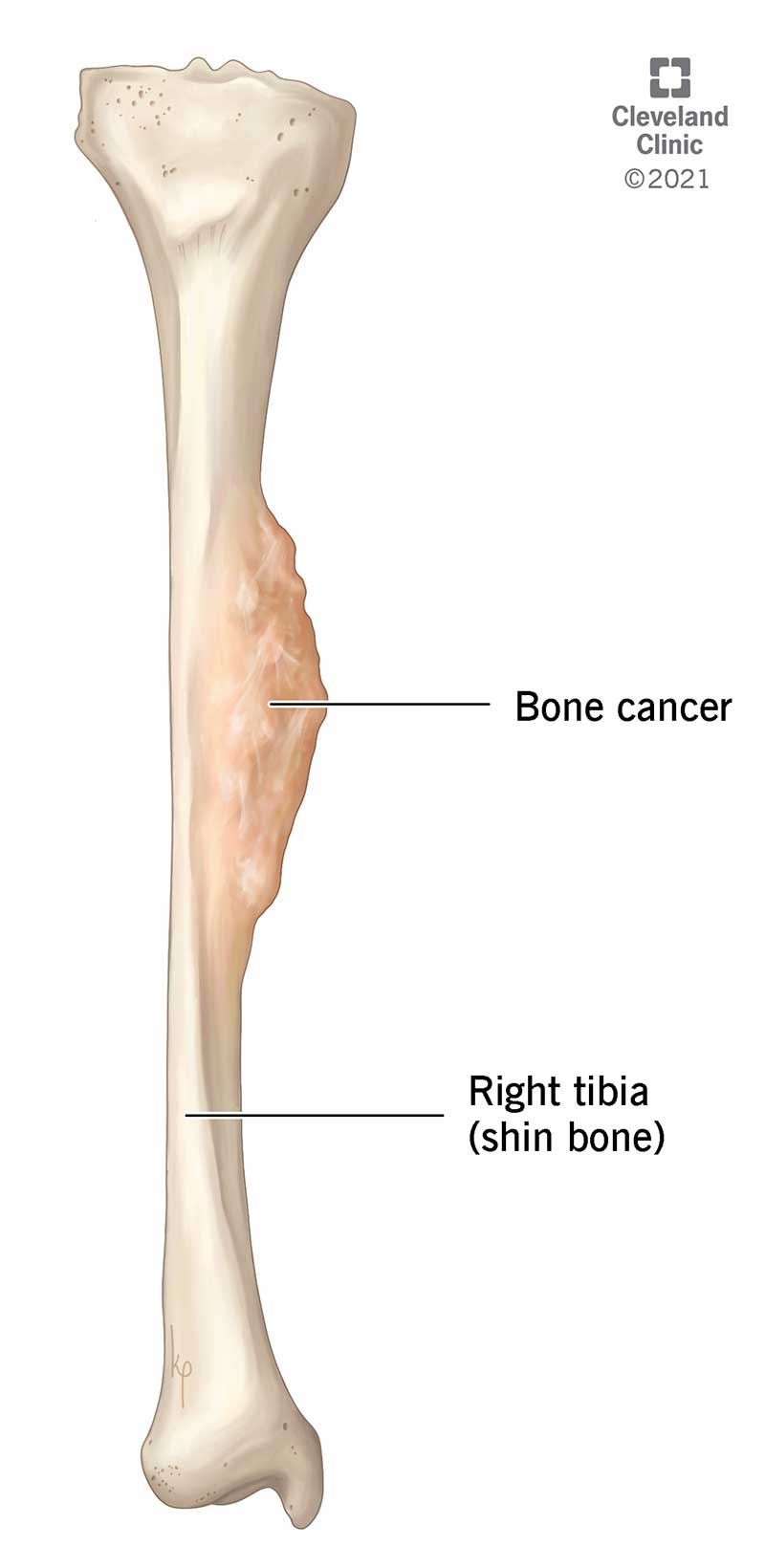
Contents
How Long Do You Live After Being Diagnosed With Bone Cancer?
When diagnosed and treated early, most people with bone cancer can have long and productive lives.
The survival rate for bone cancer depends on several factors:
- Type of bone cancer
- Cancer stage at diagnosis
- Person’s overall health and comorbidities
- Initiation of treatment
- Treatment response
The duration one can expect to live after being diagnosed with bone cancer is generally expressed as the five-year survival rate. The overall five-year survival rate for bone cancer is 66.8 percent. This means that 66.8 percent of people diagnosed with bone cancer can expect to live for at least five years.
Survival rates are estimates based on research studies. Your individual survival rate may differ depending on your body’s response to medications. To know your survival rate more accurately, discuss it with your doctor.
Survival rates of bone cancer by stage
The stage at which the cancer is diagnosed largely affects survival rates.
- Localized: The earliest stage with an excellent prognosis. No sign of cancer spreading outside the bone where it started.
- Regional: Cancer has grown outside the bone and into nearby bones or structures, or it has reached nearby lymph nodes.
- Distant: The most advanced stage. Cancer has spread to distant parts of the body.
Survival rates for different stages of bone cancer are provided in the tables below, based on the Surveillance, Epidemiology, and End Results (SEER) database.
| Localized | 77 |
| Regional | 65 |
| Distant | 26 |
| All SEER stages combined | 60 |
| Localized | 82 |
| Regional | 70 |
| Distant | 39 |
| All SEER stages combined | 62 |
| Localized | 91 |
| Regional | 75 |
| Distant | 23 |
| All SEER stages combined | 79 |
| Localized | 86 |
| Regional | 85 |
| Distant | 61 |
| All SEER stages combined | 79 |
| Localized | 87 |
| Regional | 74 |
| Distant | 42 |
| All SEER stages combined | 76 |
What are the types of bone cancer?
Bone cancer has various types. The main types of bone cancer are:
- Osteosarcoma: The commonest type, typically seen in children.
- Chondrosarcoma: The second most common primary bone cancer.
- Ewing sarcoma: Arises in immature nerve tissues and generally affects long bones.
- Fibrosarcoma of the bone: A rare type mainly affecting middle-aged adults.
- High-grade undifferentiated pleomorphic sarcoma of the bone: Another rare type affecting middle-aged and old people.
- Giant cell tumor of the bone (GCT): Can be benign or malignant, with benign GCT being more common.
- Chordoma: A rare type that usually affects adults in their 30s and arises from the bones of the spine.
What Is Polycythemia Vera?
What are the warning signs of bone cancer?
The warning signs of bone cancer generally include:
- Bone pains
- Swelling in the affected area
- Fractures that may occur with minor injury or in the absence of any injury
- Fatigue
- Unintended weight loss
- Fever
- Pallor
These symptoms may not necessarily mean bone cancer. A physician’s consultation is recommended for a definitive diagnosis.
How do you detect bone cancer?
The most accurate way to diagnose bone cancer is through a biopsy.
Primary bone cancers start in the bones, while secondary cancers spread to bones from other parts of the body. Only around 0.2-0.5% of bone cancers are primary bone cancers. In children, bone cancers account for around 5% of all cancers.
Doctors diagnose bone cancer through:
- Medical history: Asking for symptoms, medication history, and family history of cancer.
- Physical examination: Conducting a detailed examination.
- Imaging studies: X-ray and other imaging studies.
- Biopsy: Taking tissue from the tumor for examination.
- Blood tests: Checking blood counts and biomarkers.


